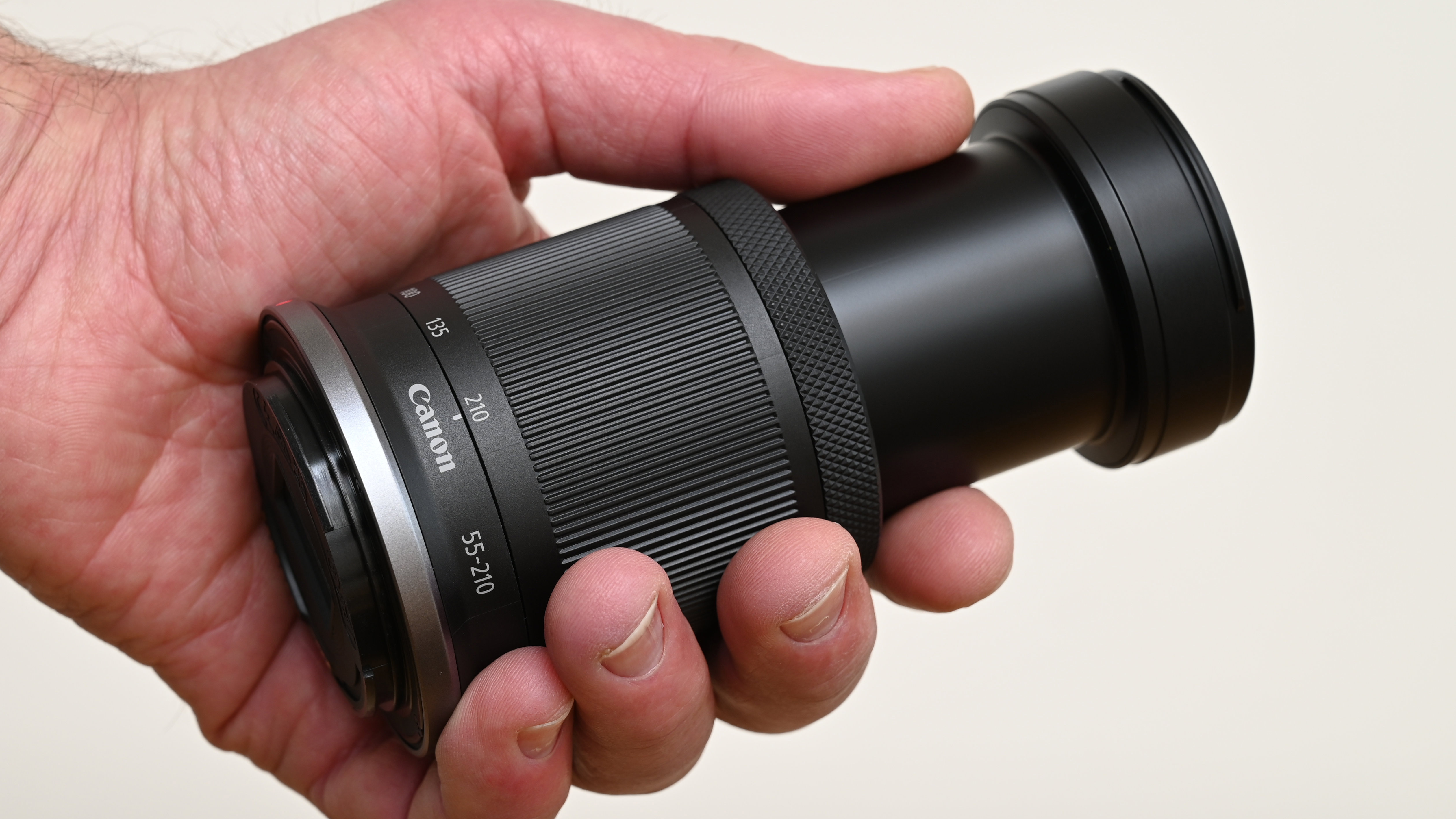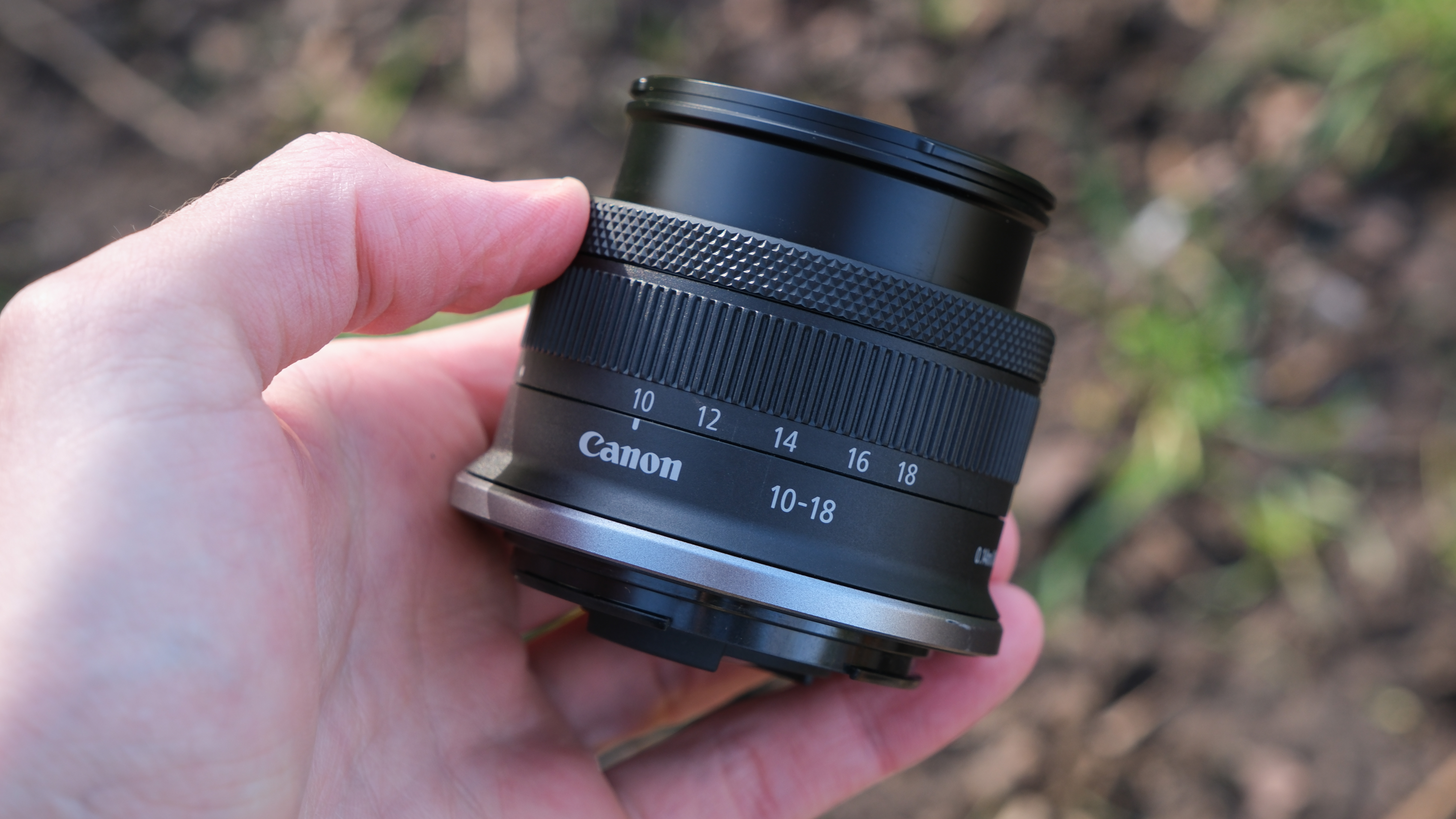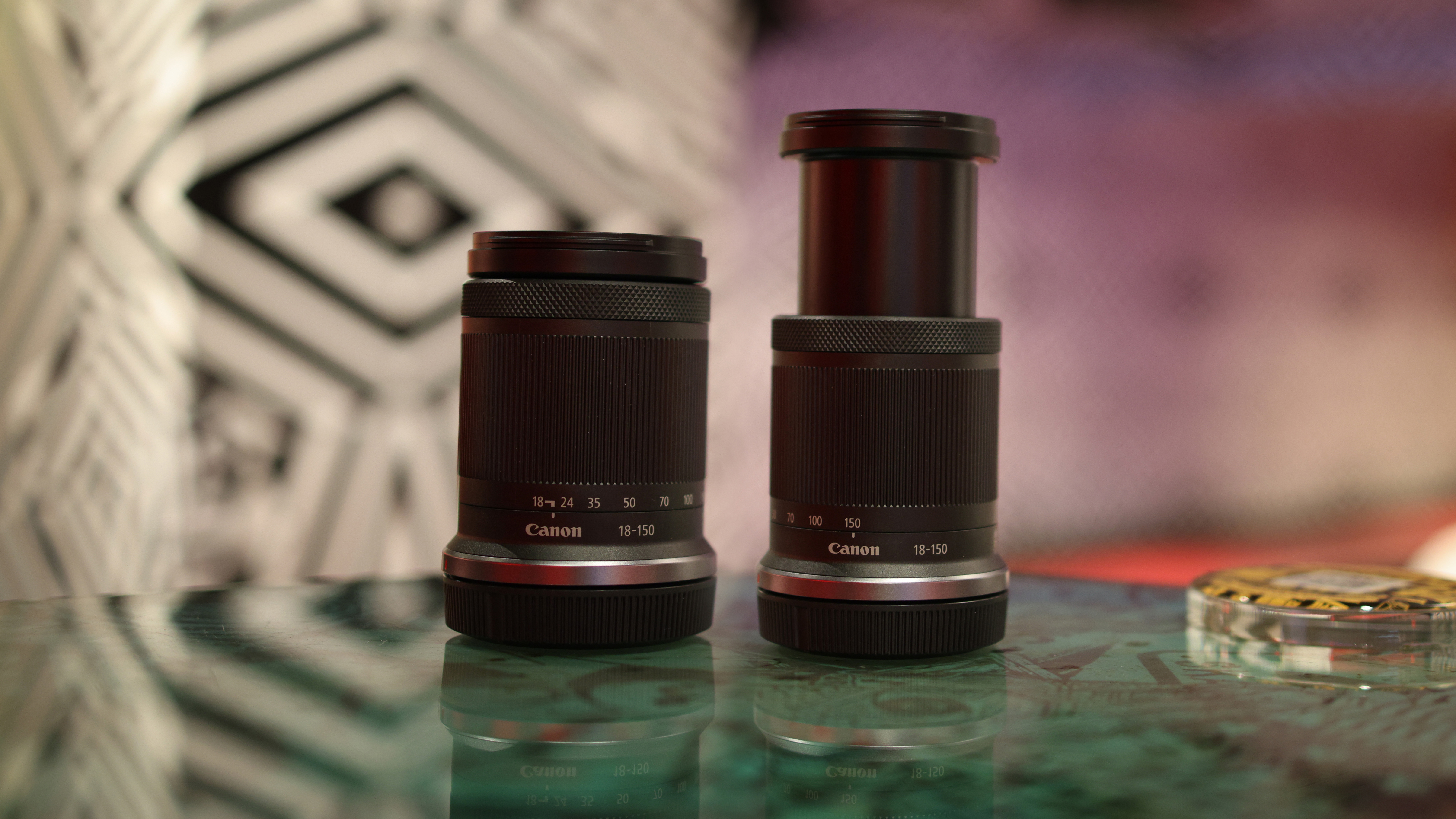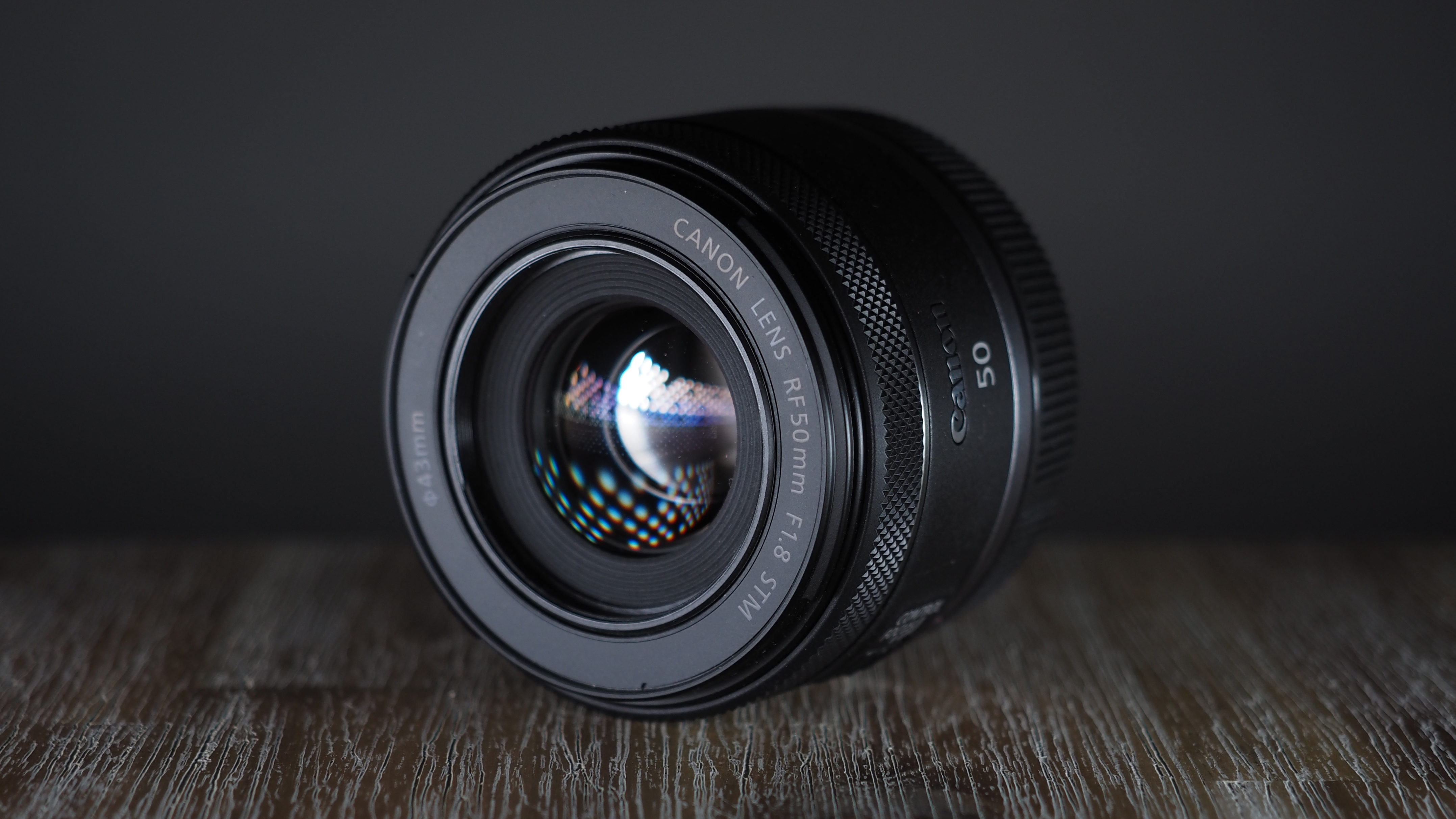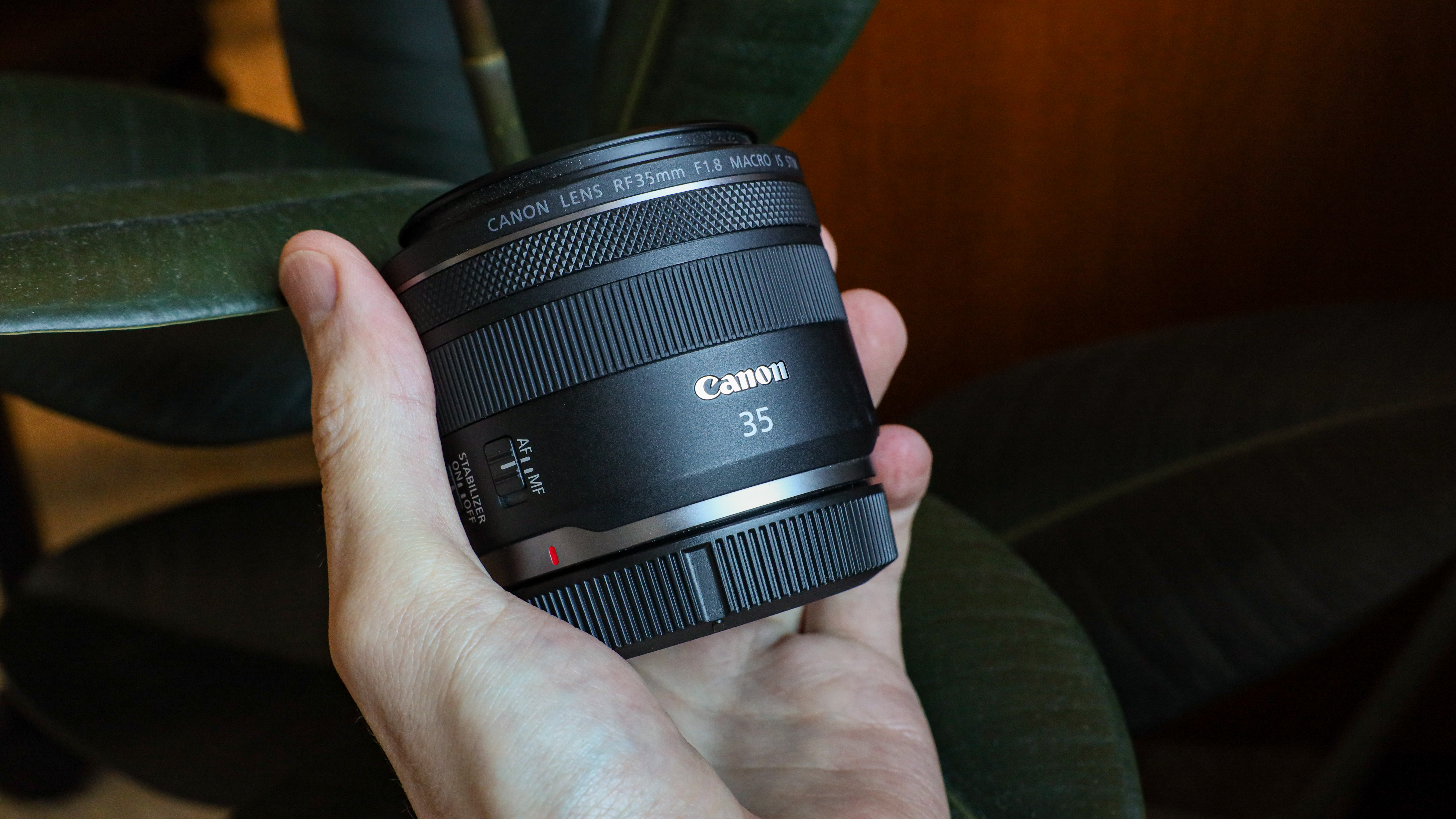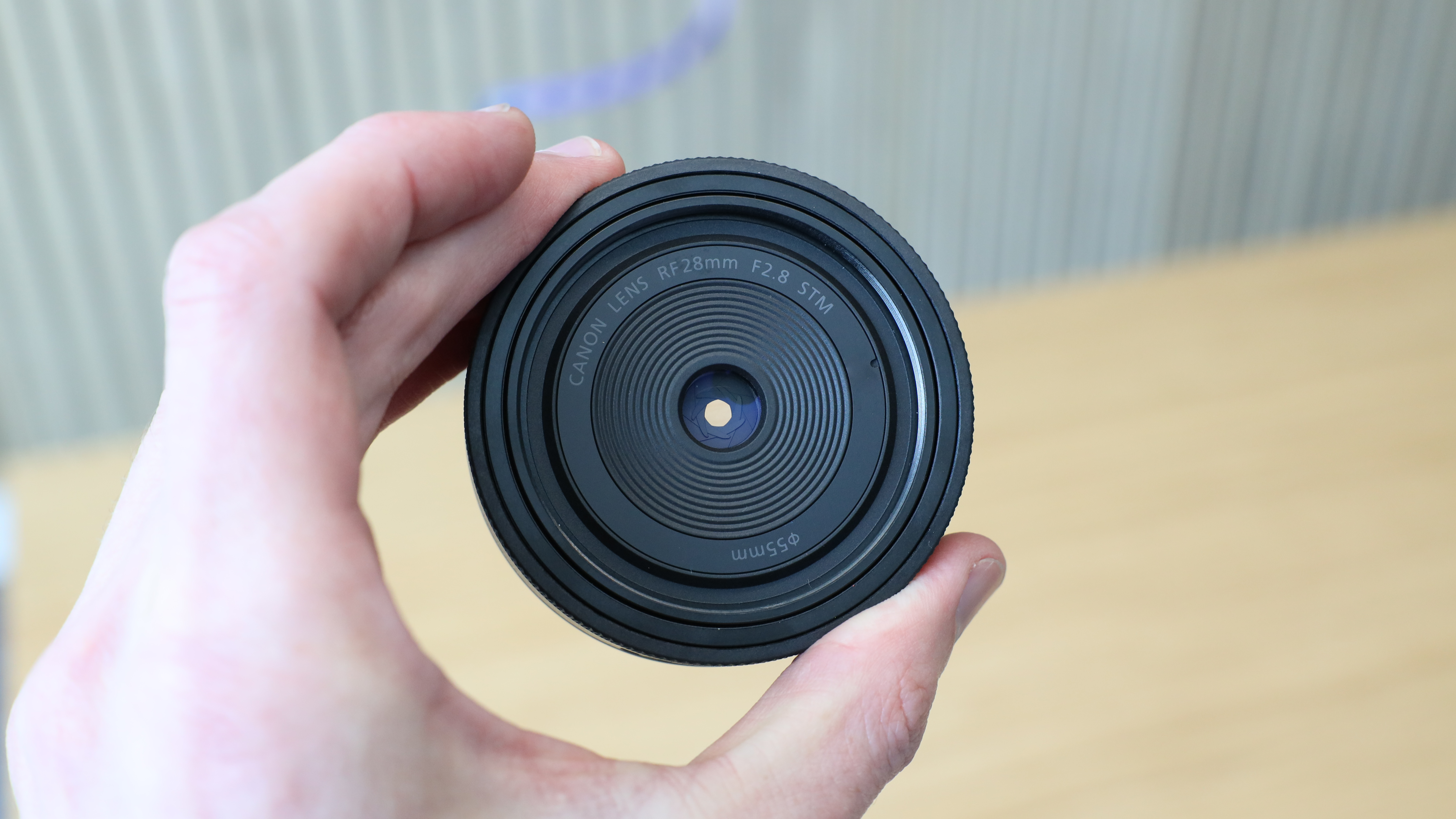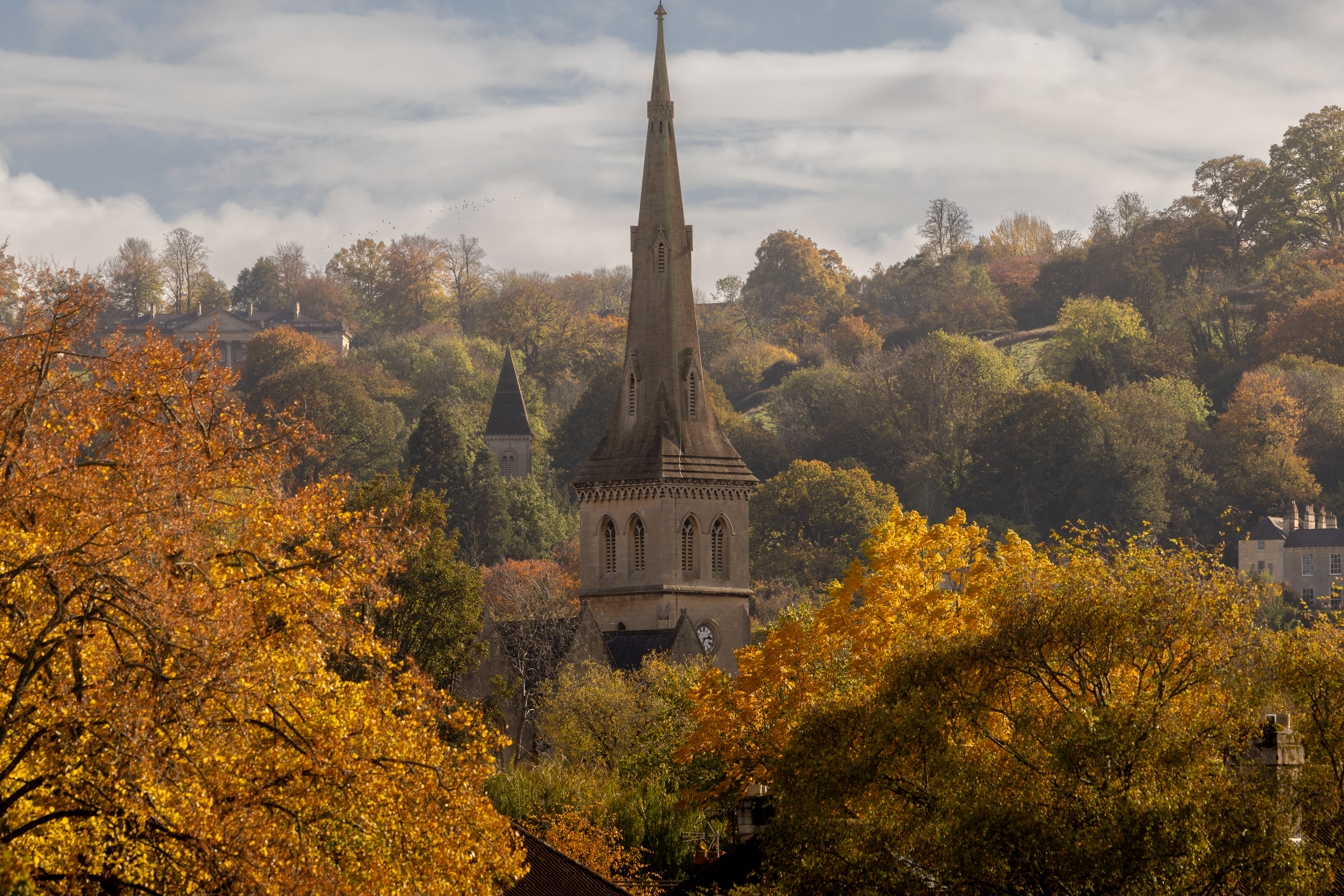The best lenses for the Canon EOS R50: take your entry-level camera to the next level
What are the best lenses to get for the Canon R50? Join me as I pick out the perfect lenses for this great beginner camera.
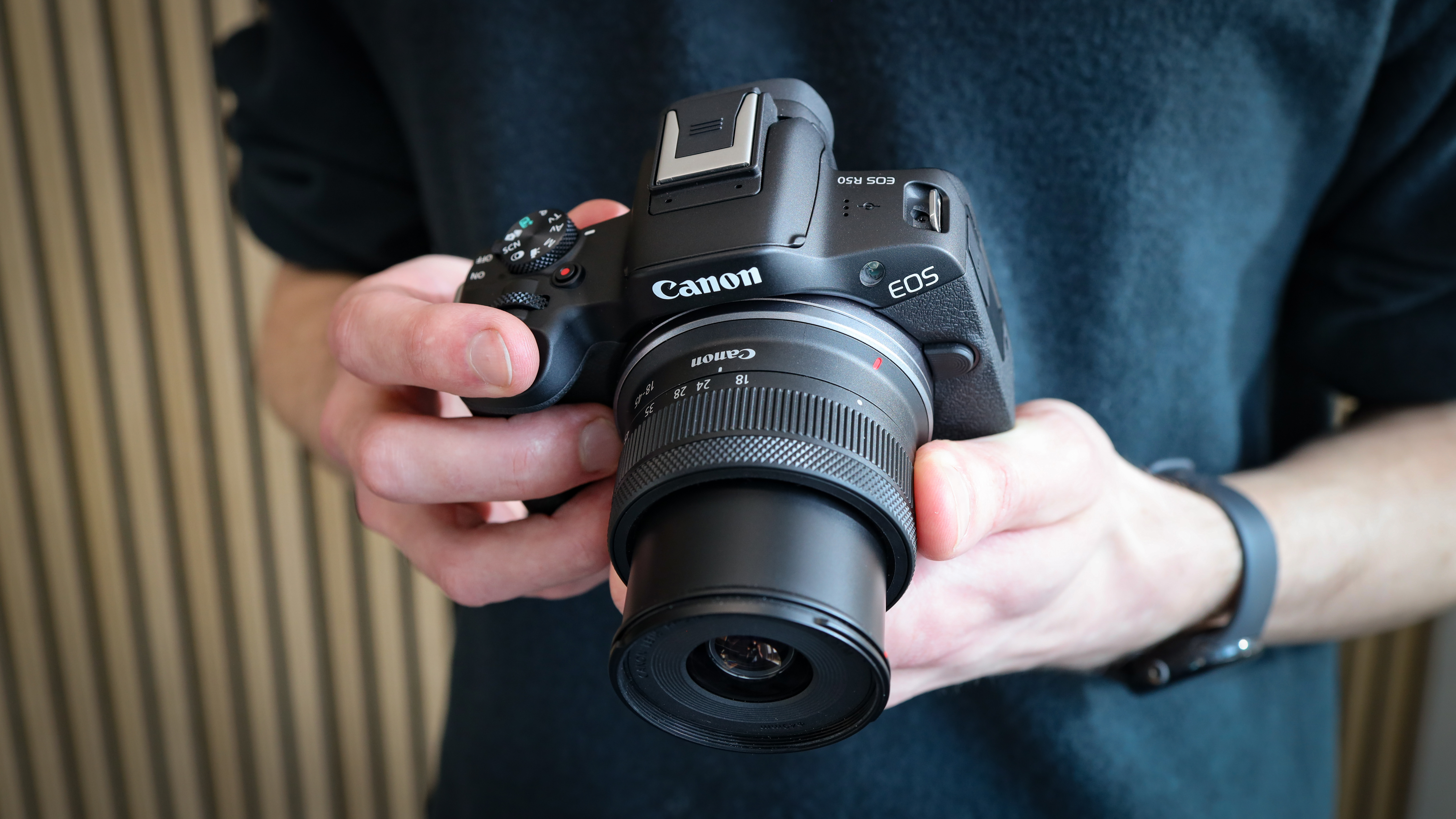
With the Canon EOS R50 being one of Canon's most inexpensive R system mirrorless cameras to date, I feel it's perfectly priced for beginners. With its 24MP sensor and Dual Pixel CMOS AF autofocus, it's a really attractive option for anyone just getting started in photography. But what are the best lenses that help you make the most of what the body has to offer,
So far, there's only a limited range of Canon lenses that are designed specifically for its APS-C format R system, cameras, designated 'RF-S', while those for its full frame cameras are simply 'RF' lenses. The lens mount is physically the same, so I like that you can pick and mix both types of lenses. Canon's APS-C cameras give a 1.6x crop factor or 'focal length multiplier', which I've quoted in the specs for each lens.
Normally, the best Canon RF lenses are a big, heavy and expensive option for APS-C cameras, but that's not the case here, because Canon makes a range of lightweight and affordable full-frame RF prime lenses that work really well on the EOS R50, and I've popped some of them on my list. Unlike Canon's full-frame models, like the EOS R6 II and the EOS R5 , the EOS R50 does not have in-body stabilization, so it's an advantage to have lenses with their own in-built IS. All three of the Canon RF-S lenses in this list do have IS, but some full-frame Canon RF primes don't.
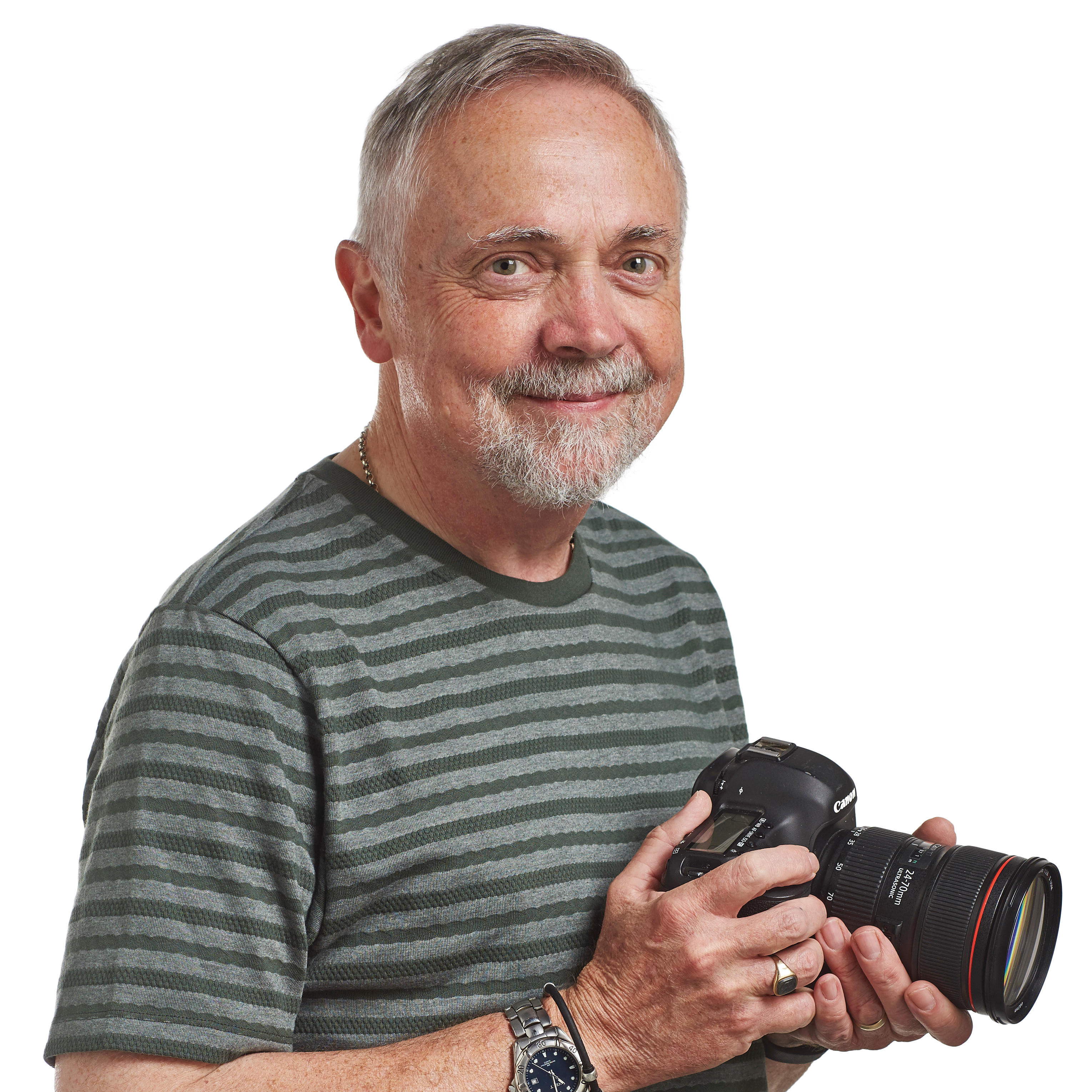
Rod is an independent photography journalist and editor, and a long-standing Digital Camera World contributor, having previously worked as DCW's Group Reviews Editor. He has used practically every interchangeable-lens camera launched in the past 20 years, from entry-level DSLRs to medium-format cameras, so he has the expertise to select the best Canon lenses for you.
The Quick List
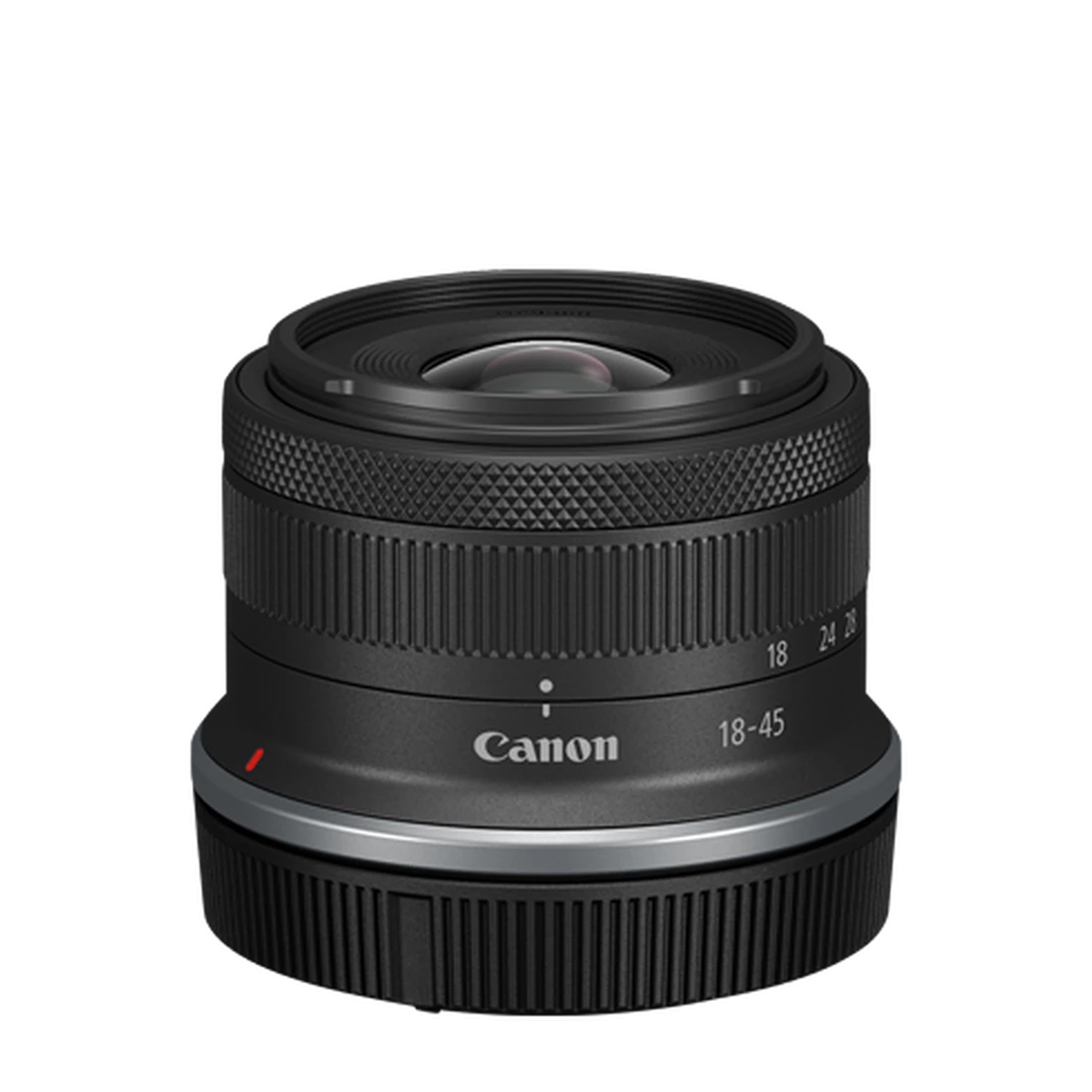
This is my first-choice, everyday lens for the EOS R50: it's small and light, and delivers solid image quality with fast autofocus. Read more below…
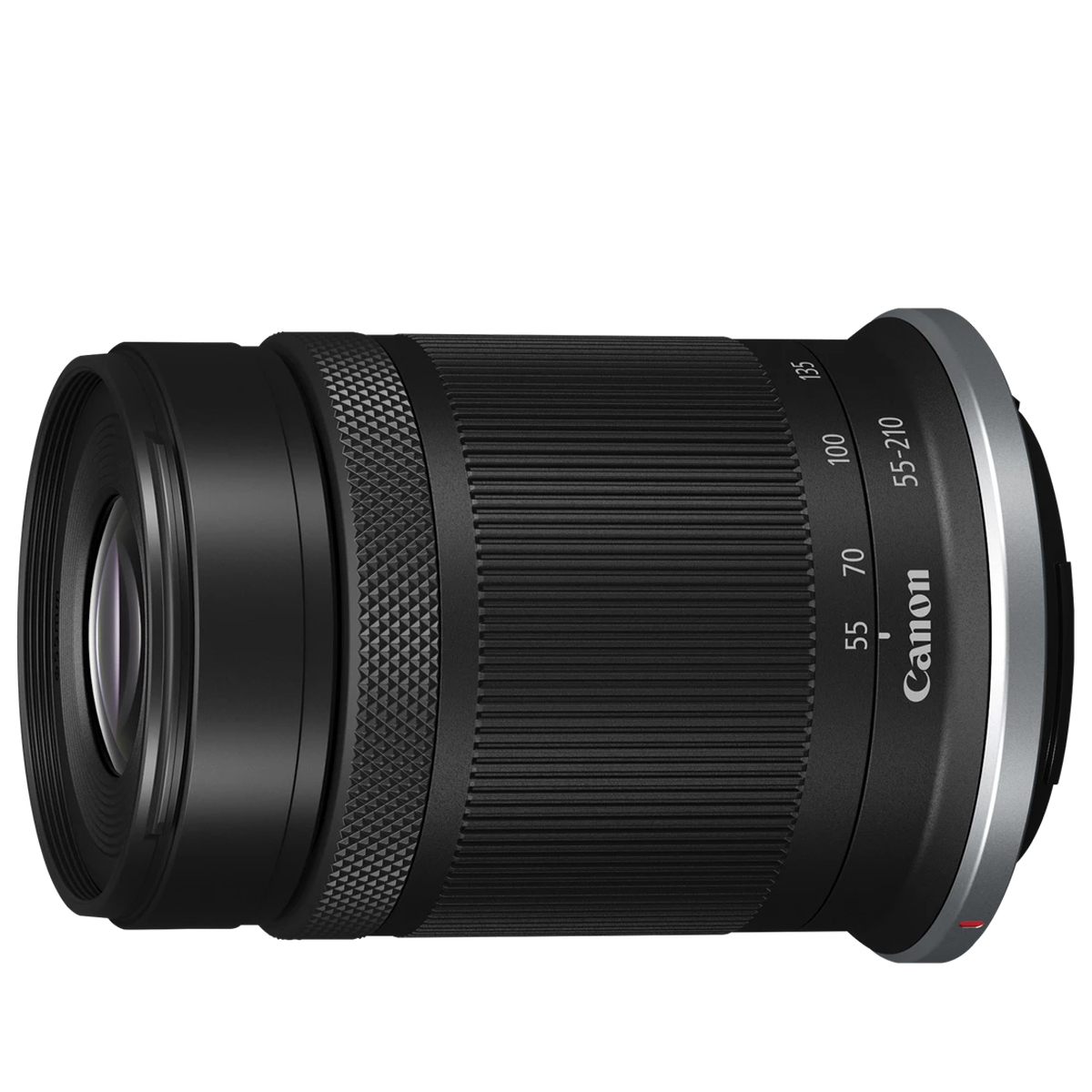
Whether I'm shooting sports or capturing wildlife, this telephoto zoom gets me close to the action. Read more below…
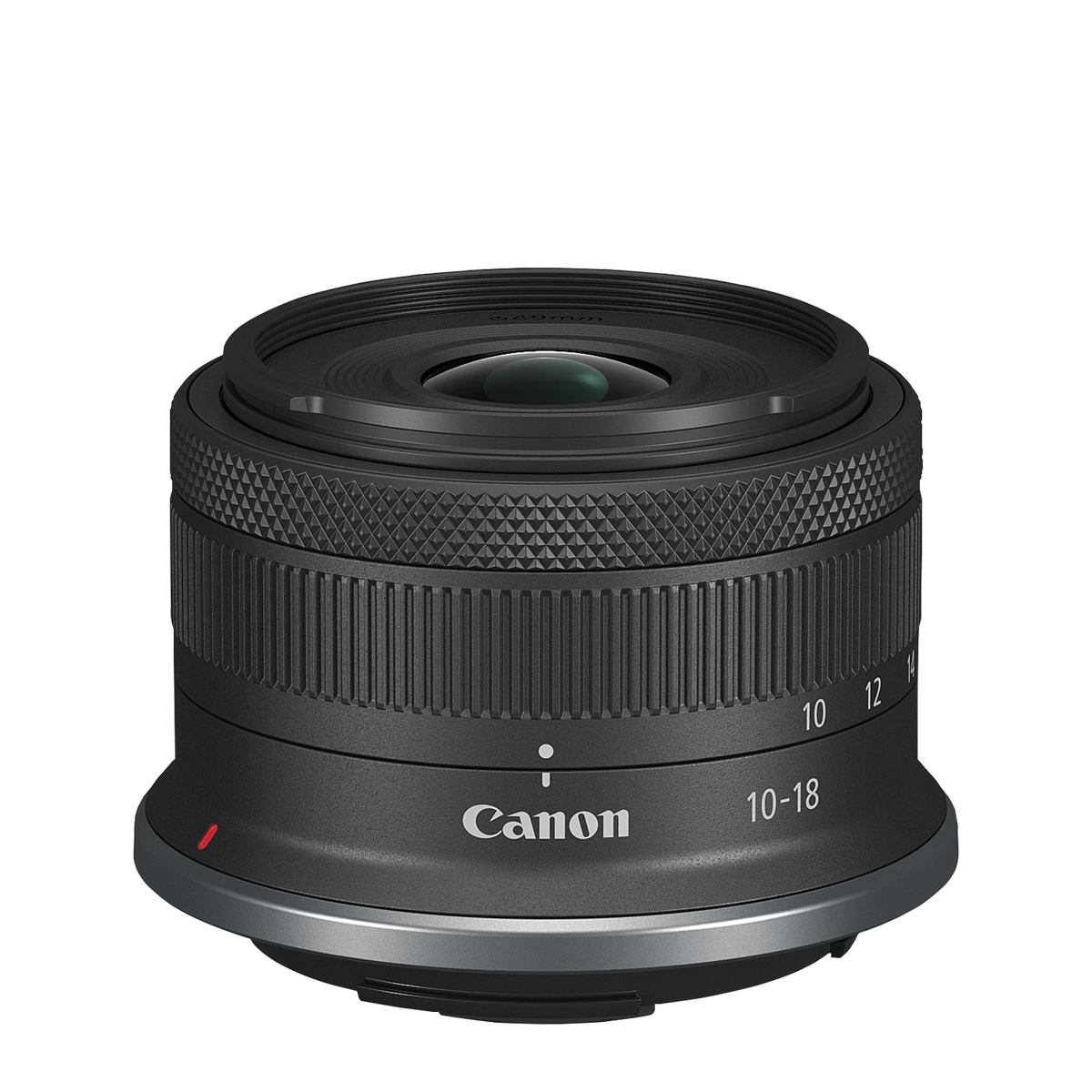
This is my go-to RF-S lens for expansive scenes, whether that’s an epic landscape or an imposing architectural interior. Read more below…
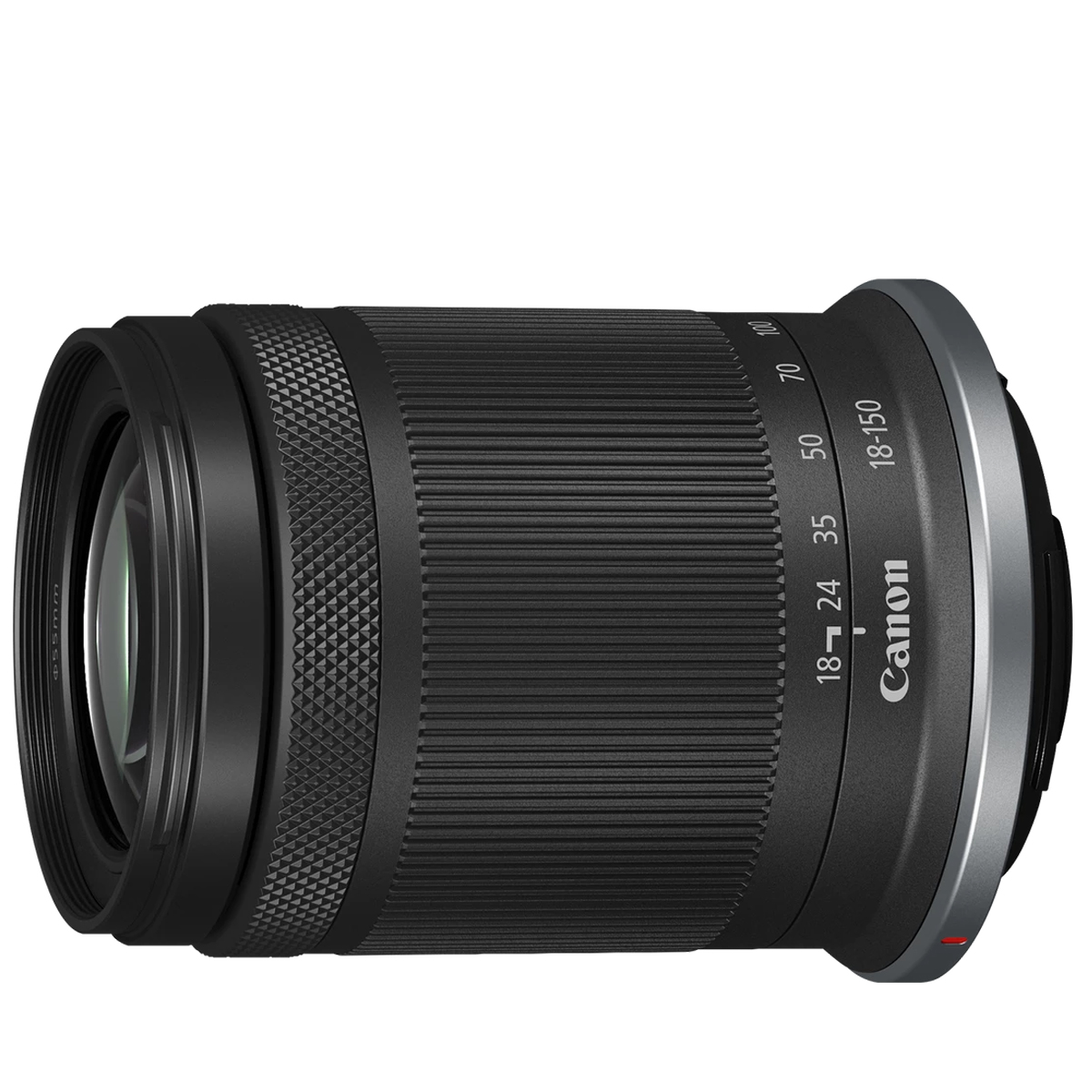
Thanks to the crop factor of the R50, this lens can handle everything from landscapes to wildlife without you needing to change lens. Read more below…

This lens is compact and delivers quality images, making it ideal for everything from street photography to night-sky shots. Read more below…
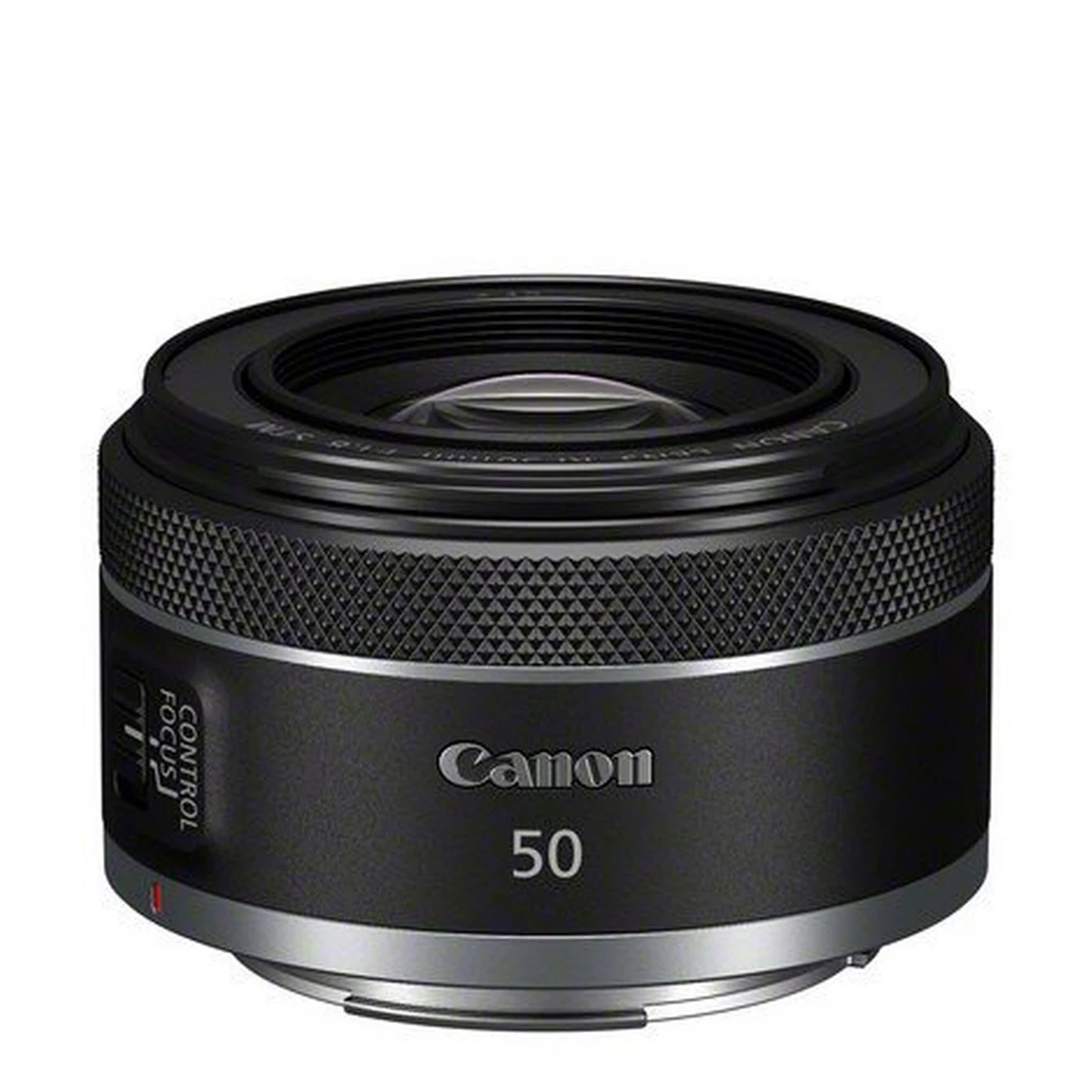
On the R50, this lens offers the ideal focal length for headshots, and the wide aperture gives you diffuse backgrounds too. Read more below…
View the full list ⤵
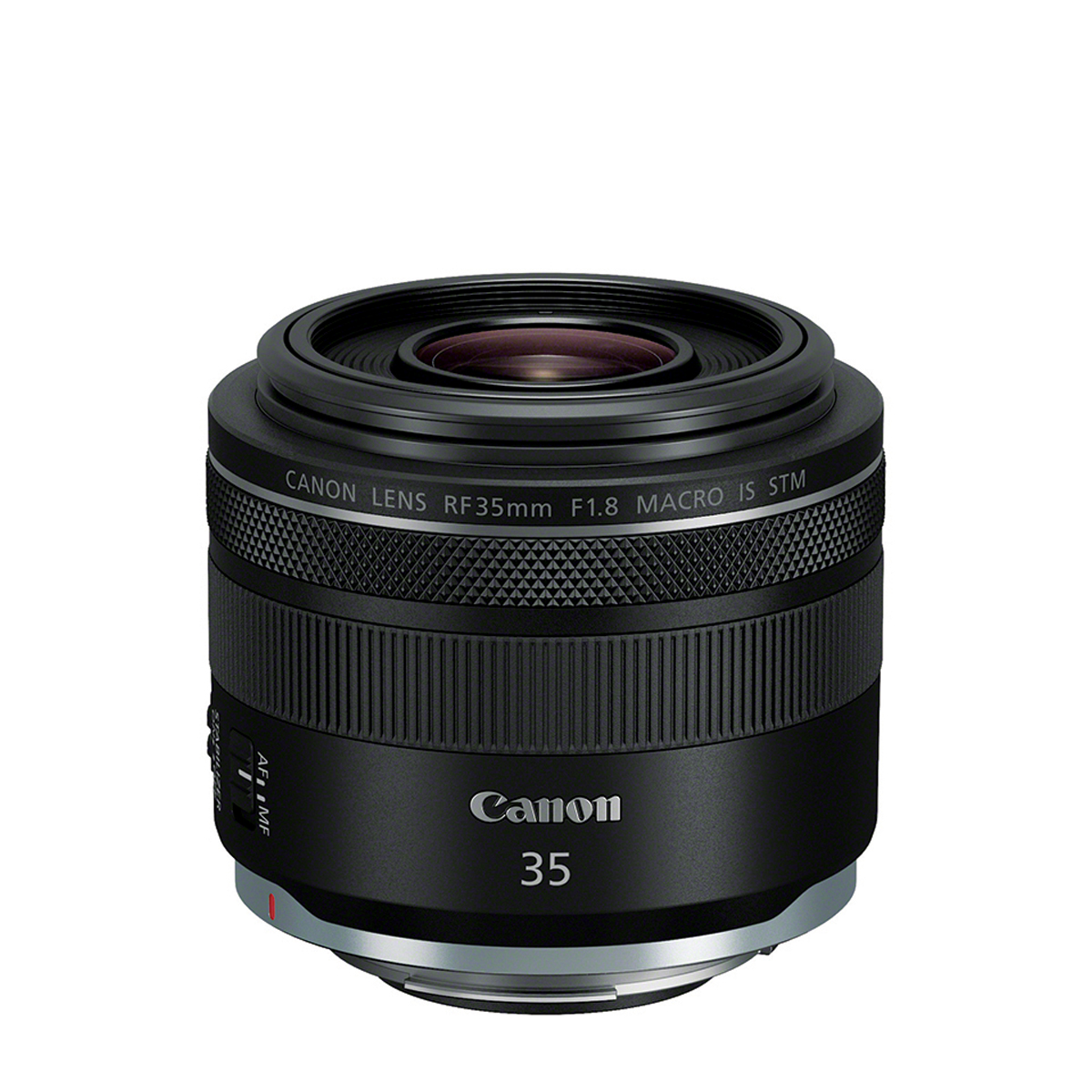
The 0.5x magnification option on this lens lets you capture insects and flowers at close quarters – and it’s got image stabilization too. Read more below…
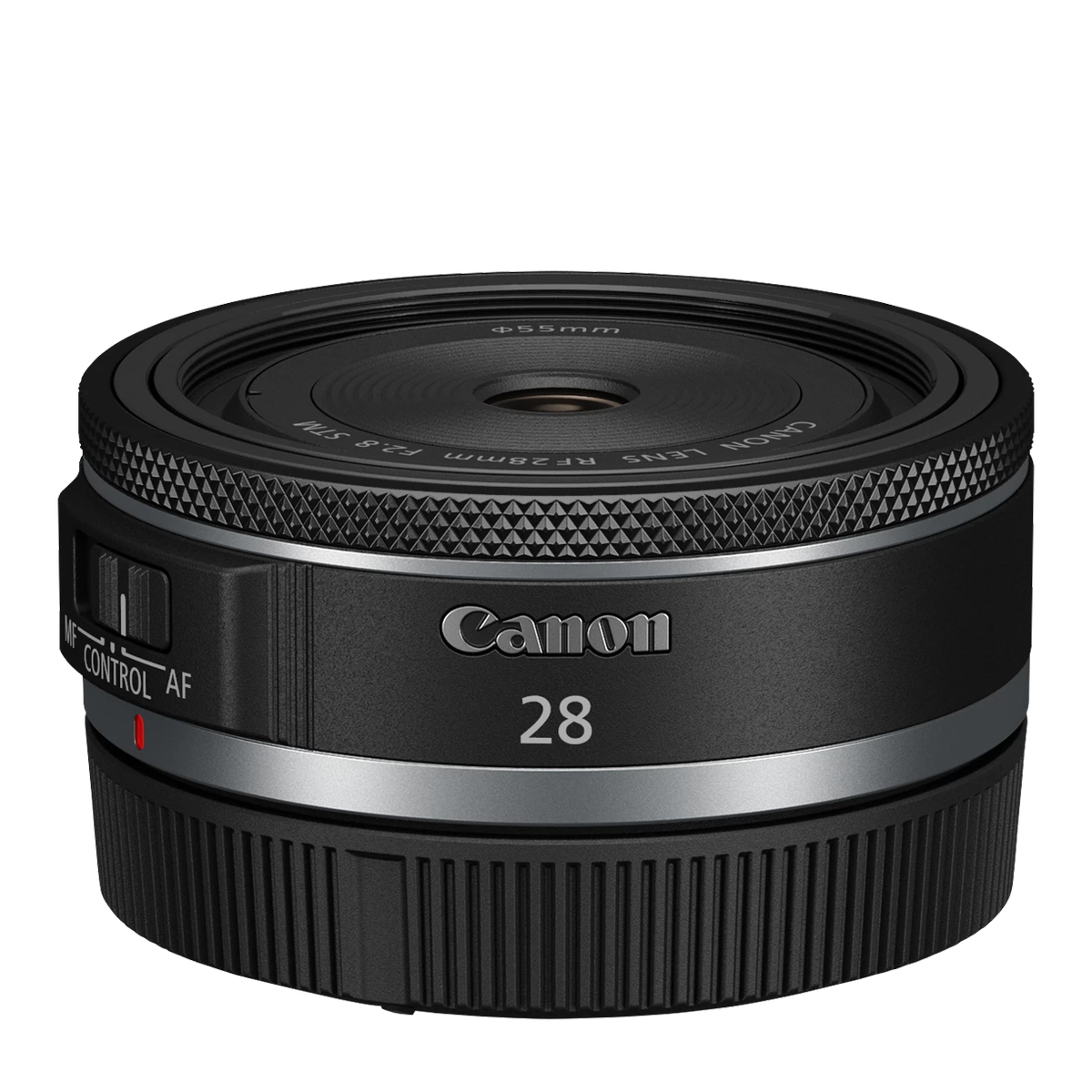
The R50 is a small camera, so sometimes you just want a small lens to go with it. You can fit this pairing into a coat pocket. Read more below…
The best lenses for the Canon EOS R50
Why you can trust Digital Camera World
Best starter lens for the R50
Specifications
Reasons to buy
Reasons to avoid
This is the standard kit lens for the Canon EOS R50, so if you've bought this camera, you probably have this already. But if you've yet to buy and you're still weighing up the options, you probably want to know whether this lens is any good or not. Well, it is!
As a compact companion to the R50, or Canon's other APS-C EOS R models for that matter, the RF-S 18-45mm is a fantastic option for everyday stills and video shooting. It's obviously not going to give the same performance as L-series or even mid-range glass, but it still delivers solid image quality, along with with fast autofocus and solid stabilization. Best of all, I like that it's really compact and light.
Read more: Canon RF-S 18-45mm f/4.5-6.3 IS STM review
Best telephoto lens for the R50
Specifications
Reasons to buy
Reasons to avoid
If you're interested in longer-range sports or wildlife photography, you can fit any of Canon's full-frame telephoto zooms straight on to the EOS R50. But that's a pretty expensive option, especially when you've got this much cheaper telephoto option designed specifically for the smaller format.
This telephoto zoom is entirely in keeping with the compact, lightweight theme while adding serious reach, equivalent to 88-336mm in full-frame terms. That’s no mean feat for a lens that weighs in at just 270g (9.5oz) and fits in the palm of your hand. It has fast autofocus and highly effective optical stabilization, the only real downsides being that it has a fairly ‘slow’ aperture rating and pretty basic handling.
Read more: Canon RF-S 55-210mm f/5-7.1 IS STM review
Best wide-angle lens for the R50
Specifications
Reasons to buy
Reasons to avoid
A wide-angle zoom has been the missing link in Canon's RF-S lens line-up for some time, but the launch of the RF-S 10-18mm means the EOS R50 has an affordable option for shooting interiors, landscapes and buildings. The wide angle of view also makes this a great option for vloggers.
The 10-18mm f/4.5-6.3 IS STM delivers sharp, high-contrast photos, although it does exhibit heavy distortion, especially at the widest setting. Fortunately, this is covered by automatic in-camera correction, which can't be disabled in menus. The lens's narrow aperture can be a limitation in low-light situations.
Read more: Canon RF-S 10-18mm f/4.5-6.3 IS STM review
Best general-purpose lens for the R50
Specifications
Reasons to buy
Reasons to avoid
The regular Canon RF-S 18-45mm f/4.5-6.3 IS STM kit lens is a great general purpose kit lens, but what if you want a longer zoom range? The RF-S 18-150mm f/3.5-6.3 IS STM is a bigger and more expensive alternative, but it does give you the equivalent of a 240mm telephoto at its longer focal length. You may see this lens as a bundled option for the EOS R50, but it's more likely you'll have to buy it separately.
You might think that no lens with a focal length this broad is ever going to produce sensational image quality, but the Canon RF-S 18-150mm f/3.5-6.3 IS STM nevertheless performs very well for a superzoom optic. It's a great all-purpose, all-in-one lens for Canon APS-C cameras, and ideal for when I want to take a single lens for the journey.
Read more: Canon RF-S 18-150mm f/3.5-6.3 IS STM review
Best wide-angle prime for the R50
Specifications
Reasons to buy
Reasons to avoid
This is really a popular lens with full-frame Canon users, because it offers a really wide angle of view and a really low price! It works really well on the smaller-format EOS R50 too, with a slightly wider angle of view than the kit lens and a much wider maximum aperture. Despite its pocket-sized build, this lens delivers impressive image quality and boasts a speedy, unerringly accurate autofocus system.
When you use this lens on full-frame cameras, the definition drops away somewhat at the edges of the frame, but the advantage of using it on the R50 is that you're only using the central part of the lens, where any lens performs at its best.
Read more: Canon RF 16mm f/2.8 STM review
Best portrait photography lens for the R50
Specifications
Reasons to buy
Reasons to avoid
A cheap 'nifty fifty' is a popular first buy for camera owners building a system, but while this is a full-frame lens, it's equally useful on the smaller-format EOS R50, where it can take on a completely different role. The smaller sensor means that this lens has an effective focal length of 80mm – and this, combined with the fast maximum aperture of f/1.8, makes it a great portrait lens for the EOS R50.
The Canon RF 50mm f/1.8 STM is quite simply an essential lens for every camera bag; small and light enough to go anywhere, fast enough to shoot in low light and snap into focus in a heartbeat, and silent and smooth enough to be used for video work.
Read more: Canon RF 50mm f/1.8 STM review
Best macro lens for the R50
Specifications
Reasons to buy
Reasons to avoid
Here's another full-frame Canon prime lens that's well worth a look. This one is a little more expensive because it has a couple of extra features. The first is in-built image stabilization, which is really useful on a camera like the EOS R50 which doesn't have IBIS, and the second is a 'macro' capability that offers up to 0.5x magnification. That's not quite as much as a genuine 1x macro lens, but it still lets you get very close to small subjects.
I've seen some price variations, so that this lens can be significantly more expensive in the UK than the US, for example, but you're getting a lot for your money in terms of a wide maximum aperture, image stabilization and that 0.5x close-up capability.
Read more: Canon RF 35mm f/1.8 Macro IS STM review
Best compact lens for the R50
Specifications
Reasons to buy
Reasons to avoid
This is another full-frame Canon RF prime lens, and one of the newest. What's interesting about this one is that it's a super-compact 'pancake' design, so that if you fit it to the EOS R50, which is pretty small itself, you've got a combination you can just slip into a coat pocket. The 28mm focal length gives you an effective 45mm angle of view on the EOS R50, so this could be a great general-purpose 'standard' lens.
The Canon RF 28mm f/2.8 STM has really captured my heart. It's pocket-friendly in terms of both size and price, but doesn't compromise on performance.
Read more: Canon RF 28mm f/2.8 STM hands-on review
Lab data and comparisons
The graphs below show the comparative performance of the lenses in this guide, based on our in-house lab tests. It’s no real surprise that the two full-frame compatible prime lenses in the group score the highest for sharpness, although it’s pretty good across the board. The RF-S 10-18mm relies particularly heavily on automatic in-camera correction for distortion, while results for color fringing are broadly similar.
Scores for sharpness and color fringing are averaged from data taken across the entire image frame, from the center to the edges and corners, throughout the aperture range. For zoom lenses, the scores are also averaged from data measured at all marked focal lengths, and the same applies to distortion. Bear in mind that these average values don't fully reflect specific areas of performance. For example, a zoom lens might have noticeable barrel and pincushion distortion at its shortest and longest focal lengths respectively, which tends to average out when looking at the data overall. For more detailed graphs of each lens's performance, which give the full picture, check out the graphs in our full standalone lens reviews.
How to choose the best lens for the Canon EOS R50
Do all Canon lenses fit the EOS R50?
The R50 uses the Canon RF mount, which means it works with all RF and RF-S lenses. RF-S lenses are tailored for use with APS-C Canon cameras such as the R50; they are typically small and light, which makes them a good physical match for the R50. RF lenses tend to be larger and heavier than RF-S lenses.
The R50 can also use Canon's older EF and EF-S lenses for DLSRs, but you have to buy a Canon Mount Adapter EF-EOS R to fit the lenses.
The R80 can’t use EF-M lenses, which are made for the Canon EOS M series of cameras. No adaptor has been released for EF-M lenses.
How do I know which lens to get for my R50?
The reason there are so many types of lens in the first place is that different scenes demand different lens designs, particularly when it comes to focal length and aperture rating.
Usually, you will decide what you want to photograph, then get a lens with the focal length that suits the situation. For example, to shoot landscapes you will need a wide-angle lens, while for sports and wildlife you will need a telephoto.
You can watch this video that explains focal length: it helps you work out what kind of lenses you need for different genres of photography.
How we test lenses
The lens experts in our testing lab run a range of tests under controlled conditions, using the Imatest Master testing suite. Photos of test charts are taken across the range of apertures and zooms (where available), then analyzed for sharpness, distortion and chromatic aberrations.
We use Imatest SFR (spatial frequency response) charts and analysis software to plot lens resolution at the centre of the image frame, corners and mid-point distances, across the range of aperture settings and, with zoom lenses, at four different focal lengths.
There's more to it than just the technical side, though! Beyond the lab, our reviewers test lenses in real-world environments – and sometimes on professional shoots! We work with lenses both indoors and outdoors, in studio conditions and in natural light, with as many different subjects as is possible (or appropriate – there's no point testing a landscape lens' ability to shoot a portrait!).
We take into account everything from handling and ease of use to speed of autofocus and the overall quality of the images produced.
Find out more about how we test and review on Digital Camera World
The best camera deals, reviews, product advice, and unmissable photography news, direct to your inbox!

Rod is an independent photography journalist and editor, and a long-standing Digital Camera World contributor, having previously worked as DCW's Group Reviews editor. Before that he has been technique editor on N-Photo, Head of Testing for the photography division and Camera Channel editor on TechRadar, as well as contributing to many other publications. He has been writing about photography technique, photo editing and digital cameras since they first appeared, and before that began his career writing about film photography. He has used and reviewed practically every interchangeable lens camera launched in the past 20 years, from entry-level DSLRs to medium format cameras, together with lenses, tripods, gimbals, light meters, camera bags and more. Rod has his own camera gear blog at fotovolo.com but also writes about photo-editing applications and techniques at lifeafterphotoshop.com

